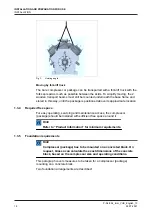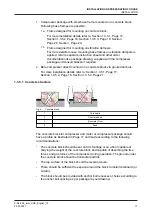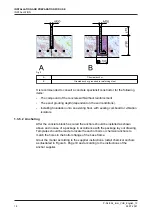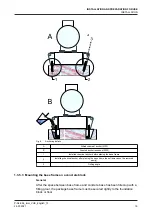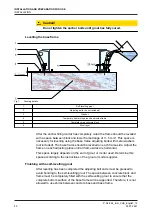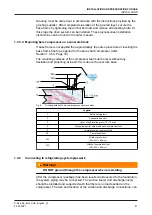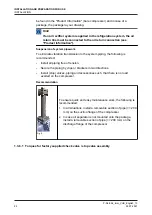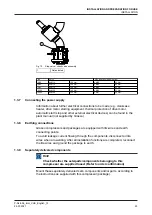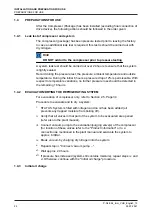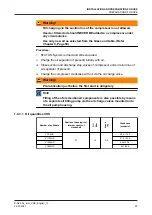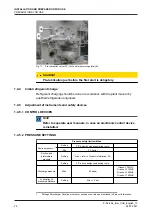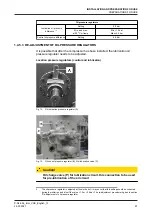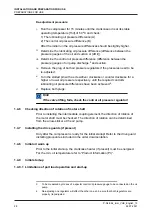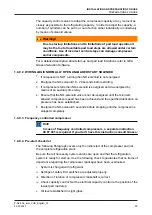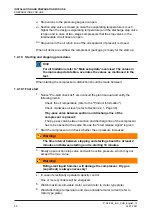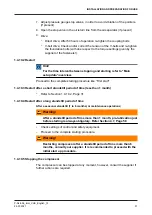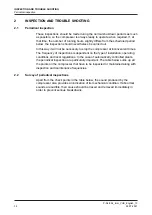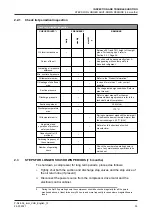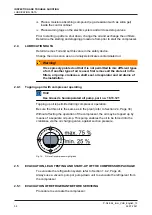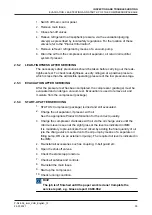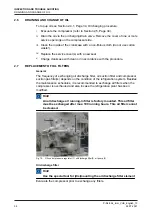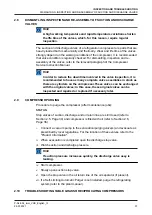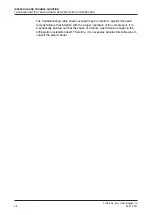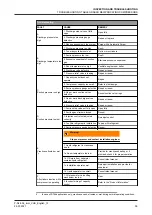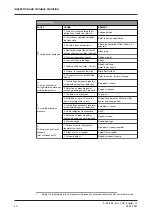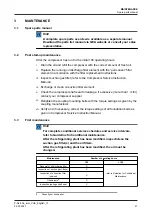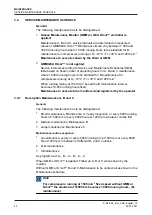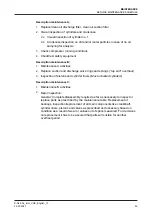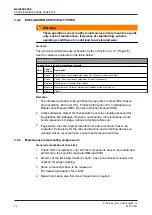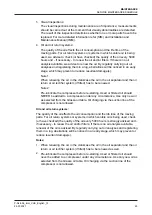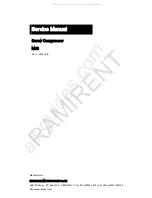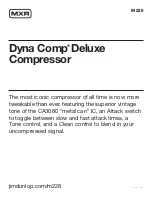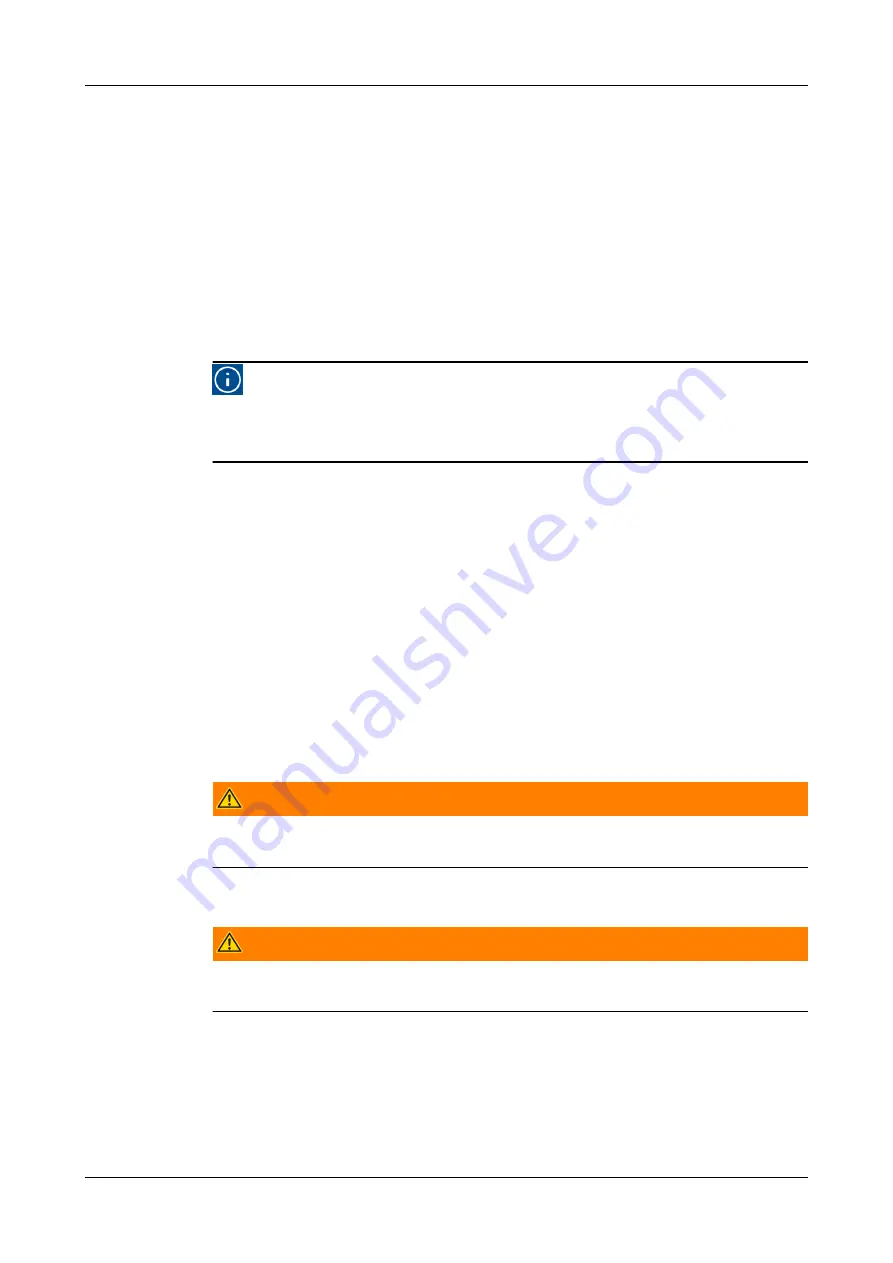
vi.
Stop valves to the pressure gauges are open.
vii.
Suction stop valve is closed (in case the evaporating temperature is much
higher than the design evaporating temperature) and the discharge stop valve
is open and in case of two- stage compressors that the stop valves in the
intermediate circuit lines are open.
viii
.
Stop valve in the oil return line of the oil separator (if present) is closed.
When all items are verified, the compressor (package) is ready for the start-up.
1.4.10 Starting and stopping procedures
Hint!
For all limitations refer to "Main setup data"-overview! The values in
the main setup data tables, overrules the values as mentioned in the
text.
When starting the compressor a distinction should be made between:
1.4.10.1 First start
1.
Notice "Pre-start check list", also consult the plant manual and verify the
following items:
–
Check the oil temperature (refer to the "Product Information").
–
Check crankcase oil level (refer to Section 2.4.1, Page 34).
–
If by-pass valve between suction and discharge line of the
compressor is present;
The by-pass valve between suction and discharge line of the compressor
has to be opened at the same time as the "start release signal" is given
2.
Start the compressor and check whether the oil pressure increases.
Warning!
The time interval between stopping and starting should be at least 2
minutes and between starting and re-starting 10 minutes.
3.
Slowly open suction stop valve and watch suction pressure, which may not
exceed the max. value.
Warning!
Refrigerant liquid hammer, will damage the compressor; Dry gas
(superheat) is always necessary!
4.
In case of electrically operated capacity control:
One or more cylinders will be energized.
5.
Watch maximum allowable motor current (refer to motor type plate).
6.
Watch discharge temperature and max. allowable motor current (refer to
motor type plate).
INSTALLATION AND PREPARATION FOR USE
PREPARATIONS FOR USE
P-NL-094_imm_VHS_English_13
30
26.07.2021

